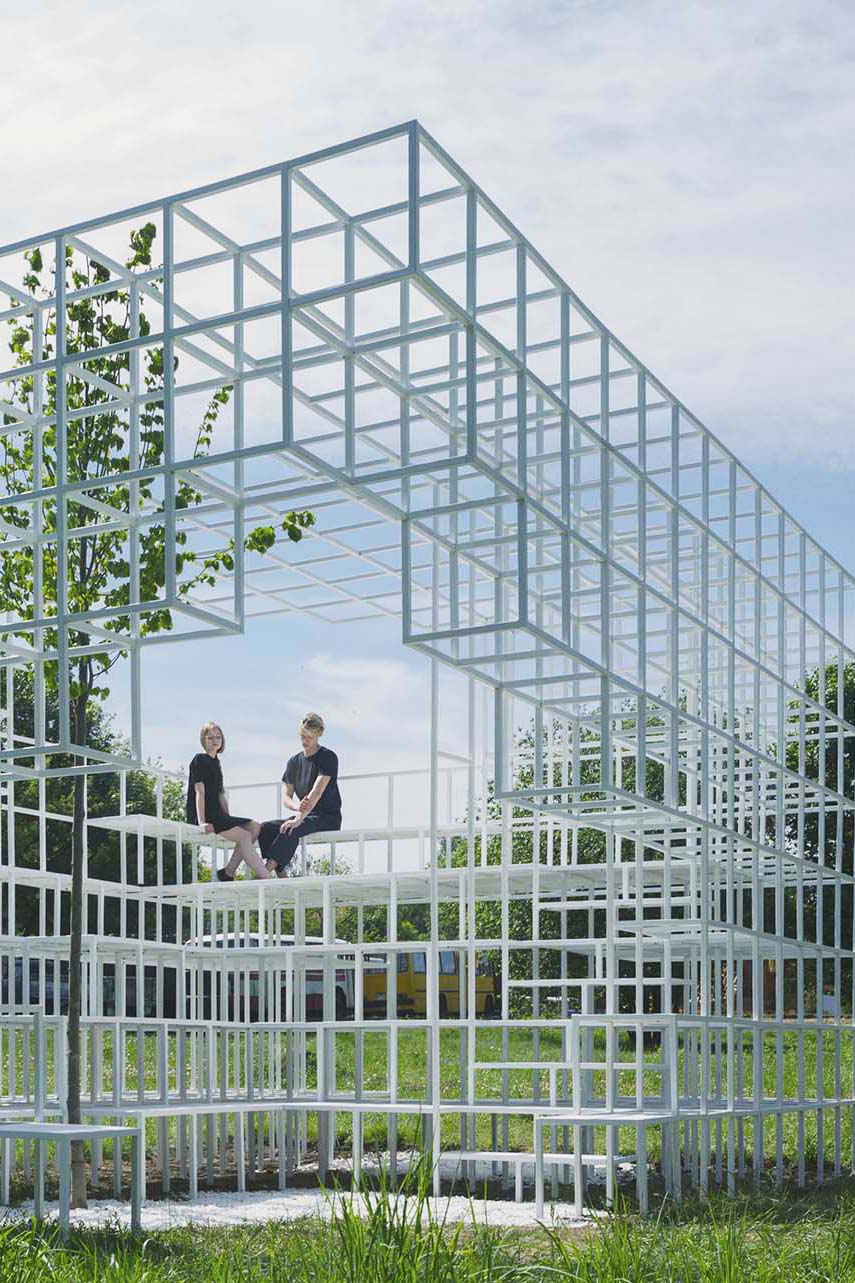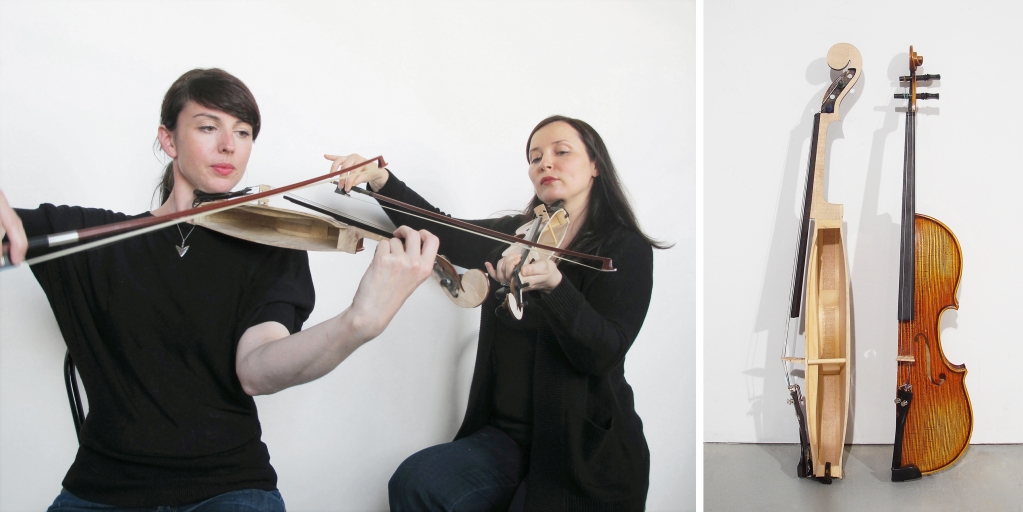
Arcangelo Sassolino
Damnatio Memoriae
From the Latin, damnatio memoriae describes an act of erasure from the historical record reserved for
those who have brought dishonor to the Roman State. Employed as the most stringent punishment for
treason, damnatio memoriae physically razes all traces of an individual from society, typically through
the destruction a statue’s physiognomy or the abrasion of inscribed monuments. Throughout the past
two decades, Sassolino has developed a body of work that examines the relationship between industrial
machines and humanist impulses where viewers are meant to question how an sculpture’s kinetic
function aesthetically and conceptually allegorizes human experiences and cultural conditions.



